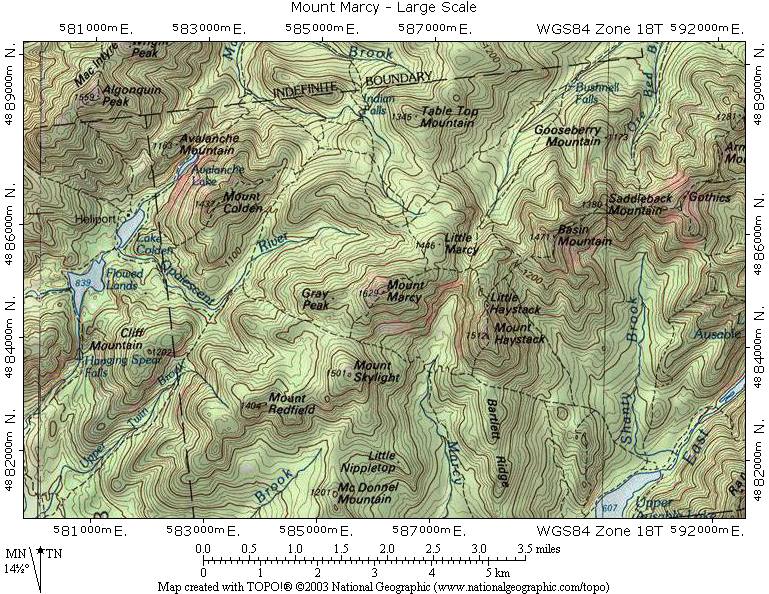
Given three outcrops, their elevations, and their distances, calculate the dip of the bed to the nearest whole number. Drawing's not to scale so you'll have to math it out on your own.




I get about 68 degrees.Mathdino wrote:Sorry 'bout not posting a new question. Here's a slightly trig intensive problem I made up:
Given three outcrops, their elevations, and their distances, calculate the dip of the bed to the nearest whole number. Drawing's not to scale so you'll have to math it out on your own.


syo_astro wrote:Okay, I know that answer is wrong, but if you want you can just explain the answer...How about a new question? I'm going to make this one up just for the geohazard question, but I have no idea if this will be asked. Hopefully it seems legit.
This image is of Mount Rainier:
http://geology.com/articles/geologist/lahar-map.gif
Say a lahar is produced by the volcano (which is surrounded by ice) while it is not active (in the past this has happened). If you were in USGS, locate places of possible risks, one escape plan for one place of risk, and three preventative measure. Also, explain the type of lahar produced in this situation and why it is dangerous.
places of possible risk include Paradise and Longmire; One escape plan is to evacuate from the park to Tacoma where there is no risk according to the map; three preventative measures would be to set up shelter on high ground, increase public awareness, and practice emergency procedures. Since the volcano is not active when the lahar formed, in this case it could have been caused by heavy rain washing away sediment on the mountain side, like a watery avalanche, which is very dangerous because this characteristic of lahars makes them unpredictable, very destructive and very quick.





